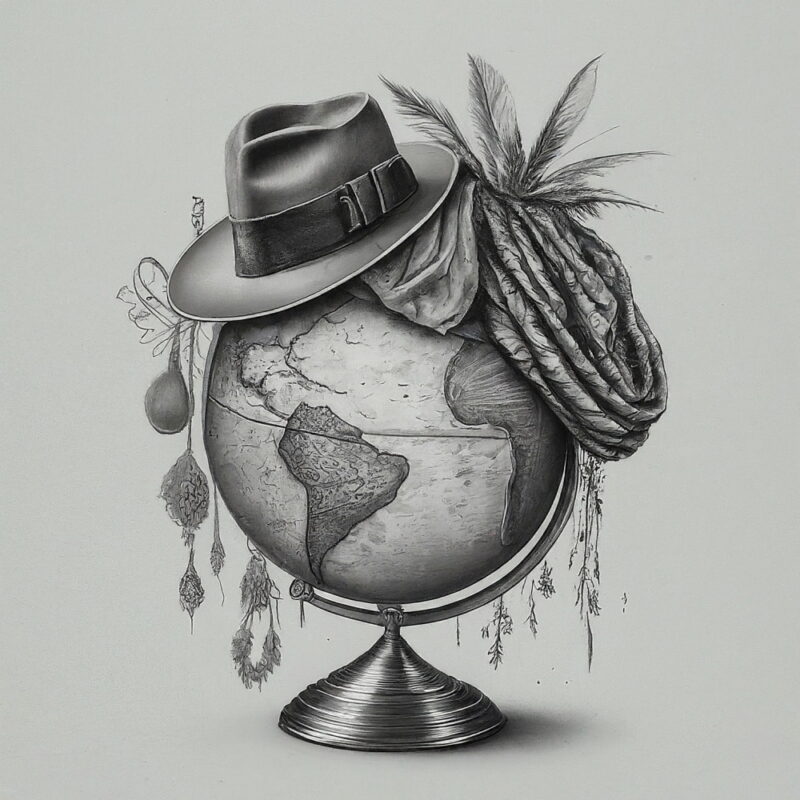Why Appreciation Matters
When it comes to fashion, clothing is more than just a way to cover our bodies. It can also be a powerful form of self-expression and a representation of culture. Throughout history, clothing has been used to communicate social status, cultural identity, and even political beliefs. From traditional clothing like the kimono in Japan to the saree and shalwar kameez in India, every culture has its unique style and fashion trends that reflect its values and beliefs.
Cultural Significance in Clothing
Every culture has its unique style and fashion trends that are a reflection of its values and beliefs. For example, in Japan, traditional clothing like the kimono is still worn during special occasions and ceremonies. The intricate designs and patterns on the fabric represent various cultural symbols and meanings. Similarly, in India, clothing like the saree and shalwar kameez are an important part of cultural identity, with different regions having their unique styles and patterns.
In some cultures, clothing can also represent social status and hierarchy. In ancient Egypt, for example, the pharaohs and royal family wore clothing made from fine linen and adorned with gold and jewels, while commoners wore simple cotton garments. Similarly, in medieval Europe, clothing was used to distinguish between different classes of society, with nobles wearing extravagant clothing made from expensive materials like silk and velvet, while peasants wore simple and practical clothing.
Appreciating Cultural Diversity through Clothing
In today’s globalized world, cultural exchange and diversity are more important than ever. Clothing is an excellent way to appreciate and celebrate the diversity of different cultures. By understanding the cultural significance behind different clothing styles and patterns, we can learn more about the people and cultures that created them.
One example of this is the increasing popularity of traditional clothing from different cultures. In recent years, clothing items like the African dashiki and the kurta have become popular in Western fashion, not only as a fashion statement but also as a way to appreciate and celebrate different cultures. Fashion brands and designers have also begun to incorporate traditional clothing elements into their designs, creating a fusion of different cultures and styles.
The Importance of Respect and Appropriation
While appreciating cultural diversity through clothing is important, it’s also crucial to understand the difference between appreciation and appropriation. Appropriation refers to taking elements of a culture without understanding or respecting their significance, often leading to cultural misrepresentation and disrespect.
For example, wearing a Native American headdress as a fashion accessory is a form of appropriation and disrespectful to the culture’s spiritual and cultural significance. Similarly, using African tribal patterns without understanding their symbolism and cultural significance is a form of appropriation.
Understanding the Significance of Clothing
Clothing is a powerful form of self-expression and cultural representation. By understanding the cultural significance behind different clothing styles and patterns, we can appreciate and celebrate the diversity of different cultures. However, it’s also essential to approach this appreciation with respect and understanding, avoiding appropriation and misrepresentation.
Cultural appropriation occurs when elements of a culture are taken without understanding or respecting their significance, often leading to cultural misrepresentation and disrespect. By avoiding appropriation and instead focusing on appreciation, we can create a more inclusive and diverse world, where cultural exchange is celebrated and appreciated.






